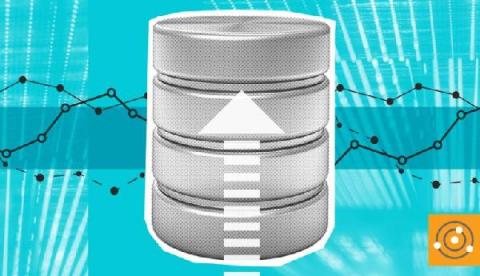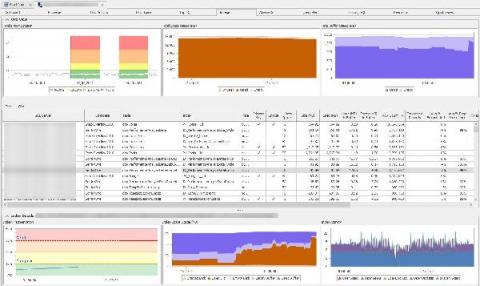What Does Modern Infrastructure Include and How Do You Monitor It?
Understanding modern software applications isn’t just a question of what; it’s also a question of why. Why do we choose to use a particular technology? How does that technology serve the overall business needs? And when you have a problem, how do you figure out what’s wrong? If you’re in the position of trying to understand a modern software application for the first time, these questions can seem unanswerable.









